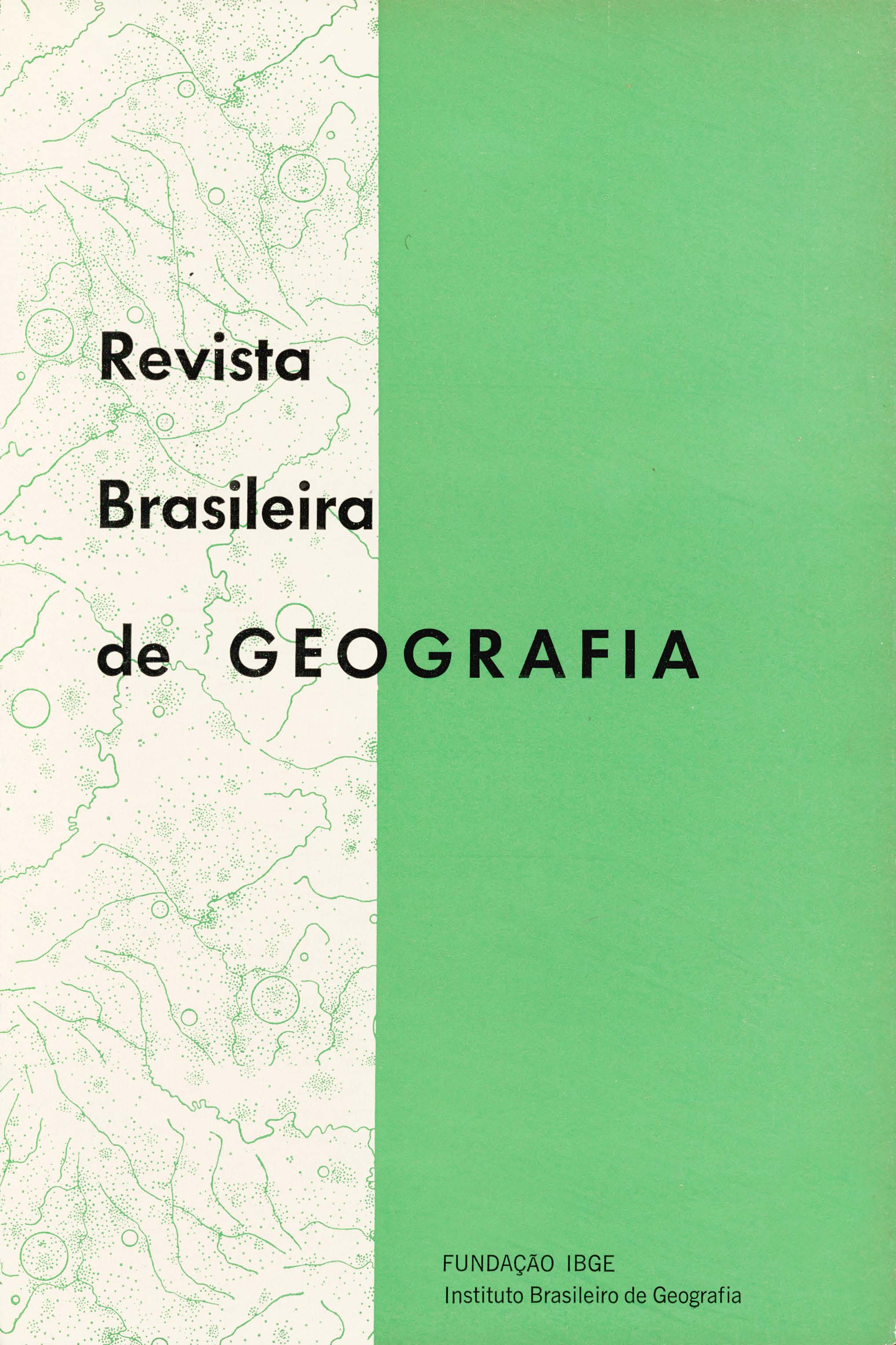Modernização da agricultura brasileira
Palavras-chave:
Geografia agrícola, Agricultura, Inovações agrícolasResumo
Due to the lack of geographical studies and theoretical grounds for analyzing Brazil's rural development, the authors have restricted this work to the study of the Brazilian agriculture modernization process in order to establish its concept, structural dimensions and correspondent spatial patterns.
Based on data from the 1970 Census of Agriculture, concerning land use and agricultural productivity and efficiency, 28 indicators have been constructed. To those indicators related to 159 Brazilian microregions, the factorial analysis technique has been applied, presenting 77.66% of the data original variation and identifying 3 basic dimensions: emphasis on farming, modernization of livestock and mechanization of agriculture. The analysis of the spatial distribution of the scores in those three dimensions has revealed the existence of 2 main areas of modernization: one in São Paulo and the other in Rio Grande do Sul. In order to determine the other areas and their peculiarities, a second analysis has been made on the microregions placed above the mean in the 3 dimensions of the first analysis. The factorial analysis technique applied again to the same indicators and to 257 microregions has presented 70.18% of the original variation and has determined 1 basic dimensions of modernization: agrarian systems, livestock, farming and dairying.
The application of a differentiation index to identify existing similarities and differences has permitted to compare the dimensions of the first analysis with those of the second analysis. Based on these analyse3, 2 maps have been composed to synthesize the spatial structure of the Brazilian agriculture modernization process: one for the modernized areas and the other for the modernizing areas. The observation units placed above the mean in the 4 dimensions of the second analysis have been considered as components of an area not included in the process.
The spatial structure of the Brazilian agriculture modernization process has shown that the modernized areas correspond to the surroundings of the country's largest urban-industrial centers and that the diffusion of the modernization elements starts from those areas, especially by the principal means of transportation. The differences at national, macro-regional and intra-state levels are the remarkable features of that spatial structure.






